(Hubble's Sharpest View of the Orion Nebula)
.
Welcome back My Dear Shoevians to The Other Shoe. Today is Wednesday April 22nd, 2015 and when I started the research for this article I quickly became aware that today is the 25th Anniversary of the launch of the Hubble Space Telescope! What a glorious day to pay tribute to this wonder of the modern age, by sharing some of the most recent images captured by Hubble.
.
Today I am going to share with you, My Dear Shoevians, several of the most recent (and I thought best) images I found during my research this morning. However, I encourage all of you to, if you are of the mind, go to the anniversary web site and check out some of the images and scientific accomplishments Hubble has been part. Here is a lick to the web site: Hubble 25th Anniversary.
.
Last week I share with you, My Dear Shoevians, some of the accomplishments of the NASA project ‘New Horizon’. Some of the image s I shared were actually taken by the Hubble Space Telescope for the ‘New Horizon’ project. Aside from this endeavor, the work and accomplishments by Hubble are broken down in to three separate categories: Cosmology[2], Planetary[3], and Galactic Science[4]. I will share a couple of images from each of these three categories, here today.
.
[caption id="attachment_3920" align="aligncenter" width="630"]
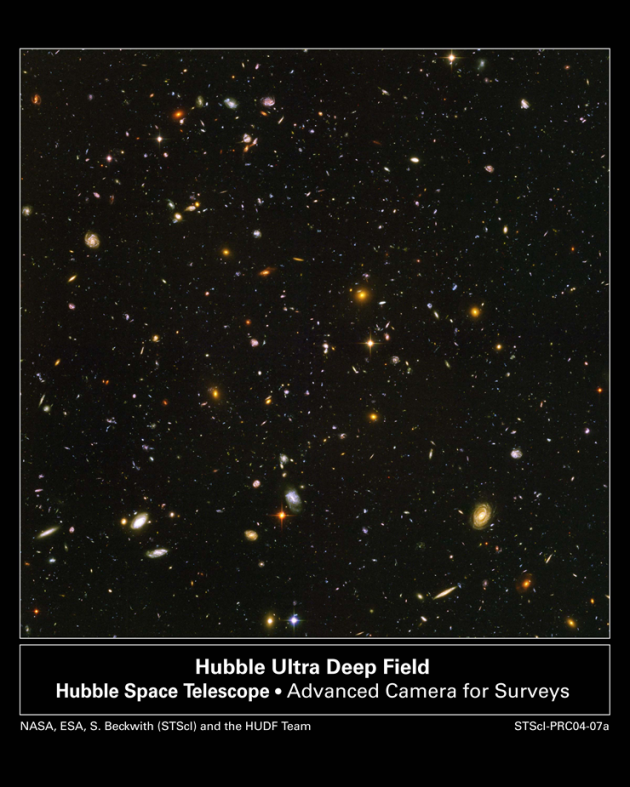 Hubble ‘Ultra Deep Space’ Field[/caption]
Hubble ‘Ultra Deep Space’ Field[/caption](Hubble ‘Ultra Deep Space’ Field)
.
Beginning with Cosmology our very first image of the day, taken by the Hubble Space Telescope, is what is called “Ultra Deep Space”. This means that the Hubble has made a wide field image focusing billions of light years past our own galaxy (the Milky Way Galaxy). Termed the ‘Hubble Deep Field[6]’ imaging, prior to Hubble no telescope had the resolution needed to image these far-flung galaxies. This was one of the most historic and incredible accomplishments of our Hubble Space Telescope.
.
[youtube=https://youtu.be/oAVjF_7ensg]
Hubble Ultra Deep Field Movie
.
Bringing us back a bit closer to home, our next image is of the Andromeda galaxy with a section singled out for a close-up. The Andromeda galaxy has been made famous in many modern science fiction novels and movies, as man as often dreamed of reaching this celestial neighbor. Alpha Centuri is the closest galaxy to our own Milky Way, and Andromeda is the very next galaxy out from our own. Below is an incredible image of Andromeda, including a close-up fo one small section of the image. Never before Hubble was this image, or the close-up, possible.
.
[caption id="attachment_3919" align="aligncenter" width="630"]
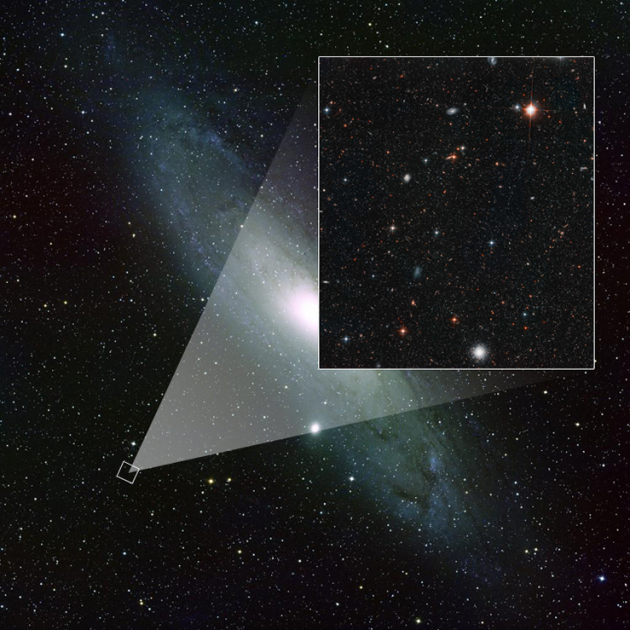 Andromeda Galaxy with Close-Up[/caption]
Andromeda Galaxy with Close-Up[/caption](Andromeda Galaxy with Close-Up)
.
Now, My Dear Shoevians, we will move on to the second category in our Hubble Anniversary Tribute edition of ‘Lost in Space’. Our very first image in this category is an incredible accomplishment, by NASA scientists, in the filed of Planetary Discovery. Astronomers took a high definition image of the star Fomalhaut. Then they blocked out the light coming from the star to discover the planet Fomalhaut b. Below is the finished product showing the discovered planet in the pop-up portion of the image.
.
[caption id="attachment_3922" align="aligncenter" width="630"]
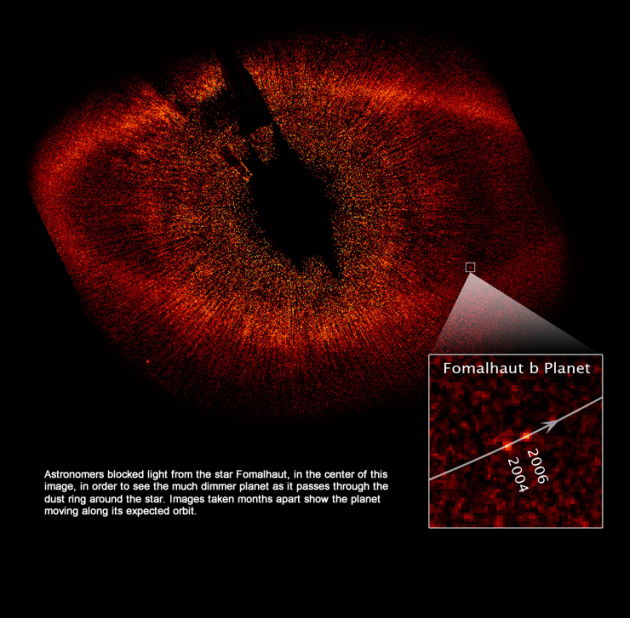 Fomalhaut Star with Enlargement of Foralhaut b Planet[/caption]
Fomalhaut Star with Enlargement of Foralhaut b Planet[/caption](Fomalhaut Star with Enlargement of Foralhaut b Planet)
.
The category of Planetary Science is not limited to the study of Extrasolar Planets but also includes Comets! The image below was taken on July 17th, 1994, by the Hubble Space Telescope. It shows several comet impact sites along the southern hemisphere of the planet Jupiter. These were the very first high-definition images of their kind, and the very first images of comets impacting another planet in our solar system.
.
[caption id="attachment_3918" align="aligncenter" width="630"]
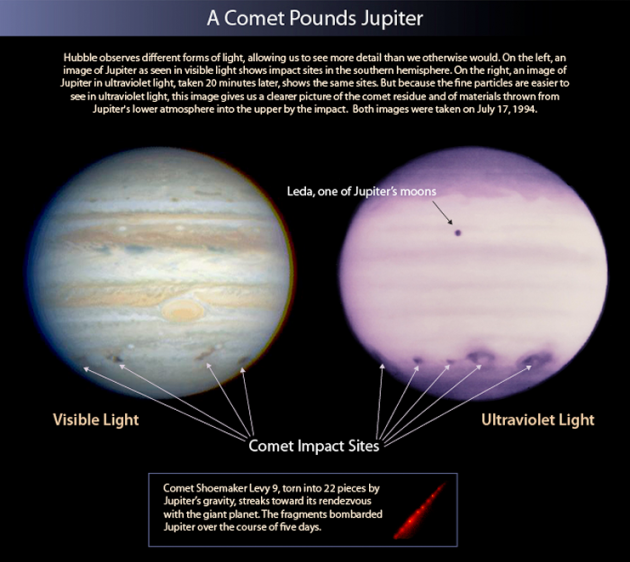 Comet Impact Sites on Jupiter – July 1994[/caption]
Comet Impact Sites on Jupiter – July 1994[/caption](Comet Impact Sites on Jupiter – July 1994)
.
Our final category, for today’s 25th Anniversary Celebratory edition of ‘Lost in Space’ is ‘Galactic Science’. In February of 1987 astronomers witnessed a star explode! They named the celestial target Supernova 1987a. Out next image, and the first in the category Galactic Science is of this event as seen byu the Hubble Space Telescope in 1994. The image shows growing gas and dust clouds encircling the core of the dead star.
.
[caption id="attachment_3924" align="aligncenter" width="350"]
 Hubble Finds Mysterious Ring Structure around Supernova 1987a[/caption]
Hubble Finds Mysterious Ring Structure around Supernova 1987a[/caption](Hubble Finds Mysterious Ring Structure around Supernova 1987a)
.
As always, saving the best image for last, My Dear Shoevians, I have an incredible image taken by Hubble in October of 2007. In this image we see Nebula NGC 3603 with thousands of young stars held within its gaseous boundaries. My Dear Shoevians I was just taken aback when I first viewed this image, and just had to save it for last in today’s anniversary edition of ‘Lost in Space’. Enjoy!
.
[caption id="attachment_3926" align="aligncenter" width="388"]
 Star Cluster Bursts into Life in New Hubble Image[/caption]
Star Cluster Bursts into Life in New Hubble Image[/caption](Star Cluster Bursts into Life in New Hubble Image)
.
Well My Dear Shoevians that brings us to the end of this week’s edition of ‘Lost in Space’. As always I am deeply flattered and moved by your; visits, comments, suggestions and time that you spend here reading my work. I seek to expand your experiences among the stars, enlighten you about the universe around you, and thrill you with the most incredible images I can find. I hope that you have enjoyed this Celebratory Edition of “Lost in Space’ here at The Other Shoe. Please, if you have enjoyed this article, please share it; on Facebook, with friends, and in any other social media you enjoy. If it brought joy to you then it will bring joy to your friends and family.
.
I look forward to seeing you all, My Dear Shoevians, back here on Friday for… … … well now… I am not too sure just what I will be publishing on Friday. But rest assured I will be back here with more enjoyable content for all fo you, My Dear Shoevians, to enjoy.
.Thank you!
.
Adieu!
.
[caption id="attachment_3856" align="aligncenter" width="300"]
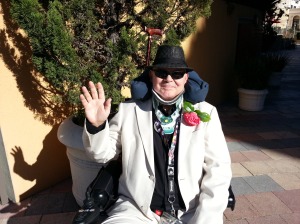 Author/Editor Danny Hanning in Rolling Hills Estates February 2015[/caption]
Author/Editor Danny Hanning in Rolling Hills Estates February 2015[/caption]© 2010 – 2015 Hanning Web Wurx and The Other Shoe
.
[7]http://imgsrc.hubblesite.org/hu/hubble_discoveries/breakthroughs/assets/galactic_large/Andromeda.png
[8]http://imgsrc.hubblesite.org/hu/hubble_discoveries/breakthroughs/assets/planetary_large/FoalhautPopUp.png
[9]http://imgsrc.hubblesite.org/hu/hubble_discoveries/breakthroughs/assets/planetary_large/JupiterImpacts.png

No comments:
Post a Comment